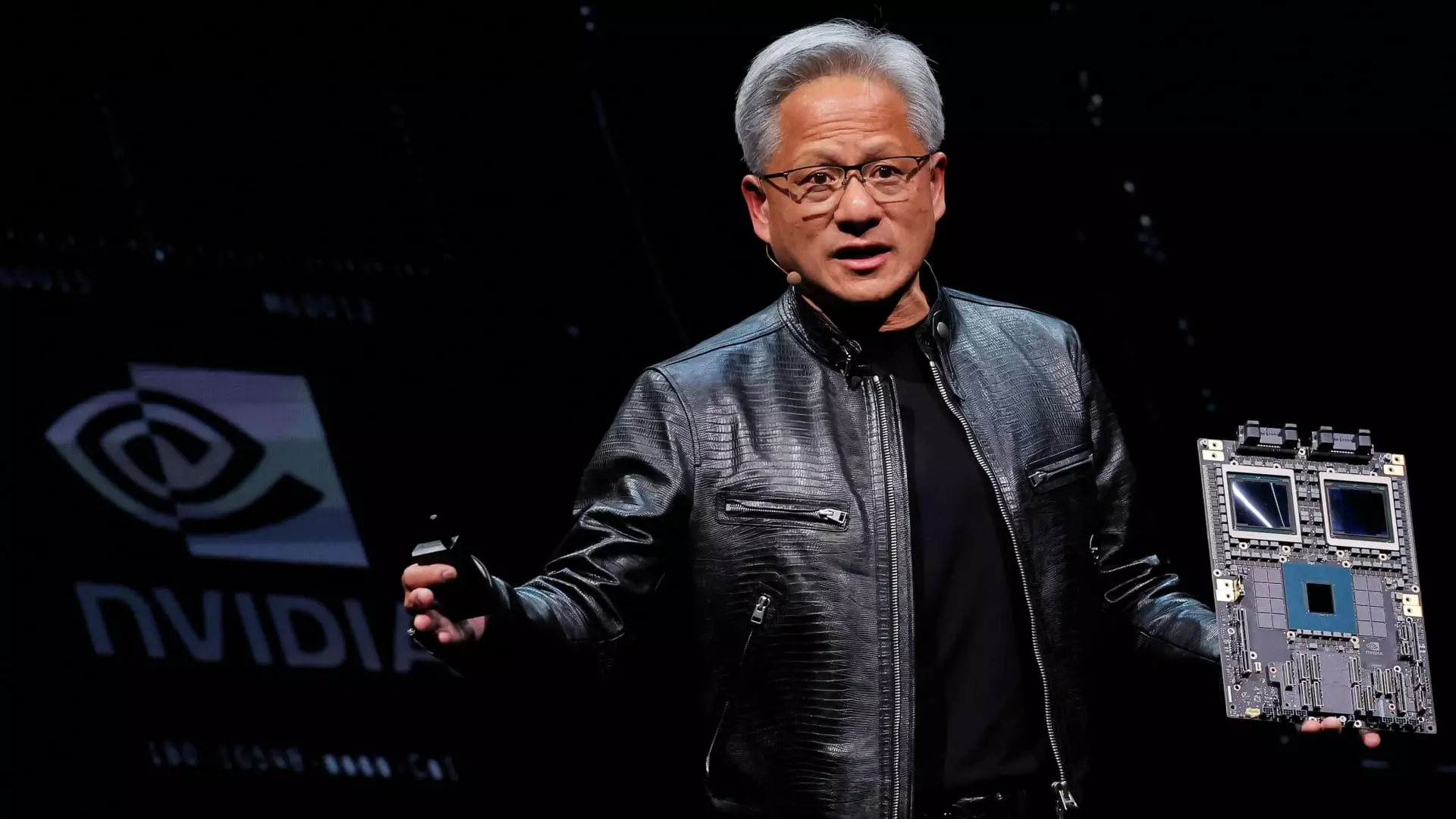Nvidia’s recent explosive growth has caused a stir in the stock market, particularly with the Technology Select Sector SPDR Fund (XLK). This major technology exchange-traded fund is now faced with the daunting task of acquiring more than $10 billion worth of shares of Nvidia while significantly reducing its holdings in Apple. The rebalancing of the XLK index, set to take place based on adjusted market cap values, has sparked a shift in the top stocks of the fund.
According to Matthew Bartolini, head of SPDR Americas Research, Microsoft is now poised to claim the top spot in the XLK index, followed closely by Nvidia and Apple. An interesting observation is that all three stocks would have a weight above 20% in the index if not for diversification rules that limit the cumulative weight of stocks with at least a 5% share of the fund. Consequently, Microsoft and Nvidia are expected to have a weight of around 21%, while Apple’s weight is anticipated to plummet to about 4.5%.
The Race to the Top
The competition between Microsoft, Nvidia, and Apple has been intense, with market cap data from FactSet revealing that all three companies are within a close range of $3.2 trillion, differing slightly from the calculations used in the XLK index. Given that the XLK has approximately $71 billion in assets under management, a 15-percentage-point change in the fund translates to over $10 billion.
The impending rebalance of the XLK index underscores how even passive index funds can deviate significantly, especially when focusing on specific sectors of the market. Understanding the weightings, allocation strategies, and rebalance frequency of such funds is crucial, as it can result in varied exposures and outcomes from one fund to another. Bartolini emphasized the significance of delving into these aspects to grasp the nuances below the surface.
The Technology Select Sector Index from S&P Dow Jones Indices, which the XLK fund follows, employs a float-adjusted calculation to determine market cap. This methodology accounts for large holders of individual stocks who may not actively trade on a daily basis, such as Warren Buffet’s Berkshire Hathaway, which owns more than 5% of Apple. The rebalance is set to officially take effect by the end of the week, and will be in place for one quarter, regardless of any potential outperformance by Apple over Nvidia.
Final Thoughts
The impending reshuffle within the XLK index due to Nvidia’s soaring market cap and Apple’s decline underscores the dynamic nature of the stock market. As technology giants battle for dominance, investors and fund managers must adapt to the ever-changing landscape to optimize their portfolios. The rebalance serves as a reminder of the intricate interplay between market forces, index regulations, and strategic decisions that shape the investment ecosystem.

